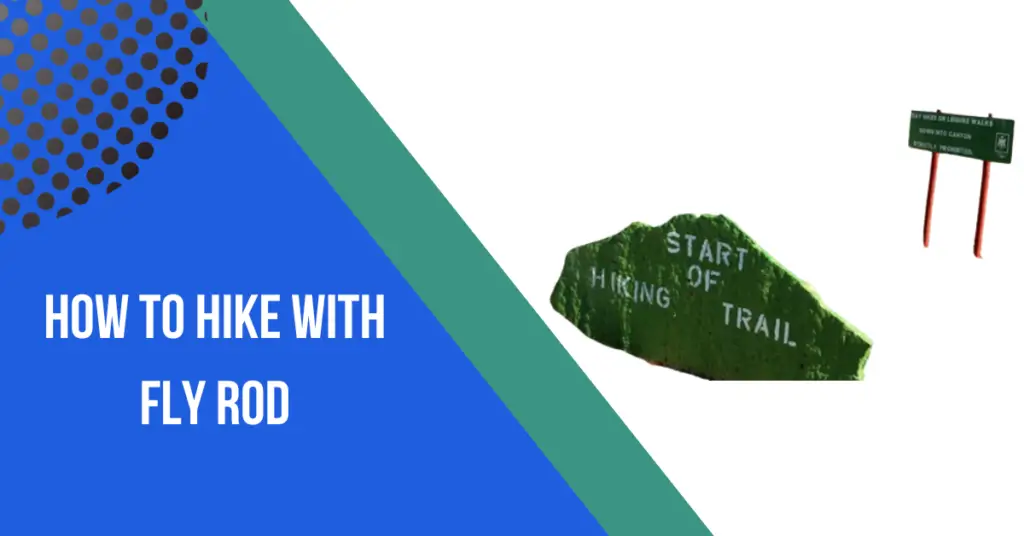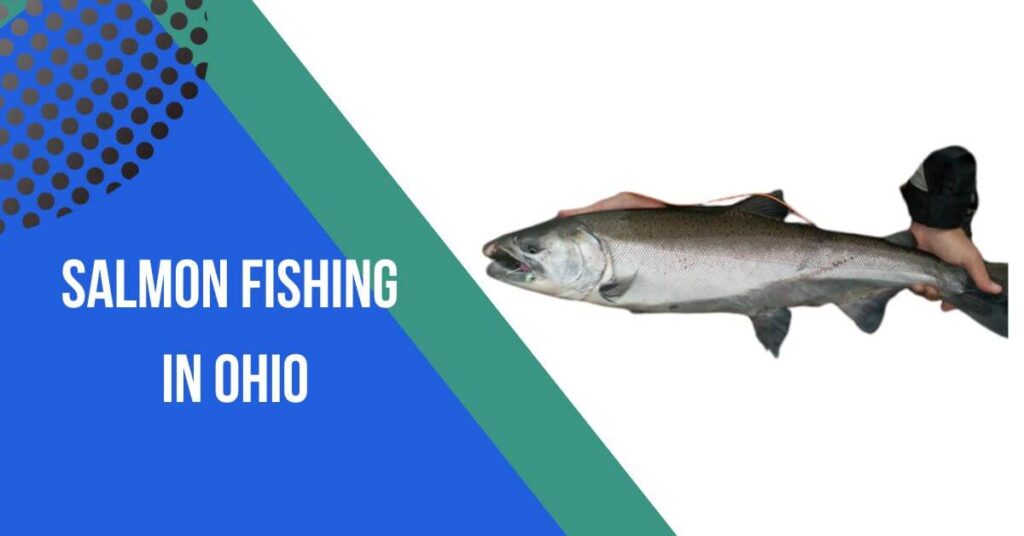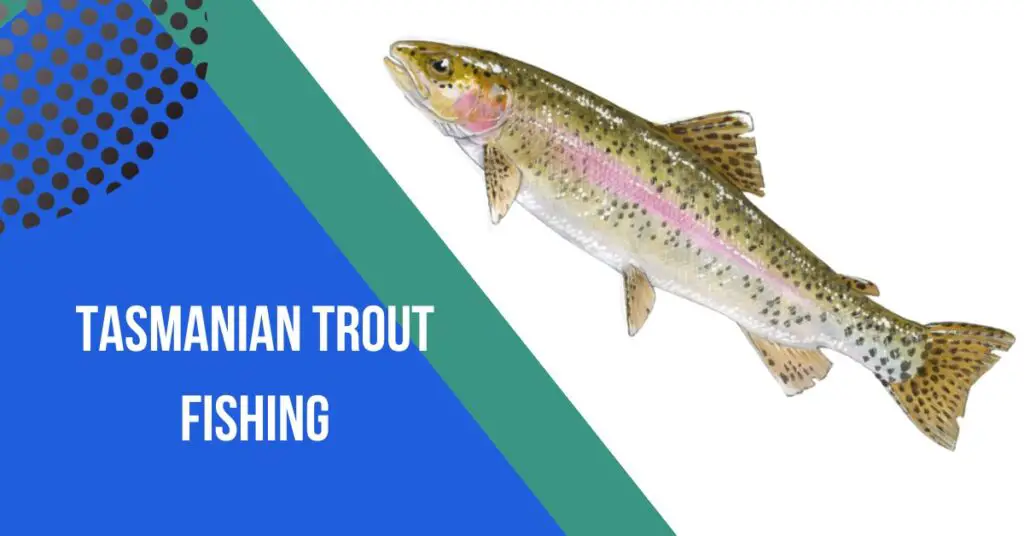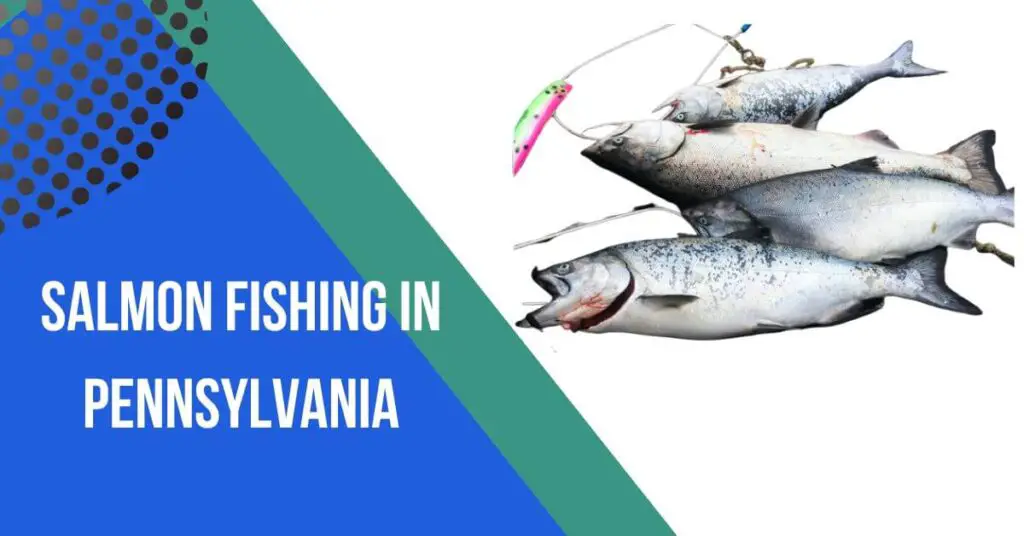Contents
- 1 How To Hike With Fly Rod:
- 2 Immersive Nature Experience:
- 3 Mobility and Exploration:
- 4 Physical and Mental Wellness:
- 5 Skillful Pursuit:
- 6 Minimalist Connection:
- 7 Environmental Appreciation:
- 8 Memorable Outdoor Moments:
- 9 Versatile Fly Line And Leader:
- 10 Versatile Fly Line:
- 11 Weight Forward (WF) Line:
- 12 Floating Line:
- 13 Weight Matching:
- 14 Taper Design:
- 15 All-Season Suitability:
- 16 Versatile Leader:
- 17 Length and Taper:
- 18 Material and Strength:
- 19 Knotless Leaders:
- 20 Multi-Species Versatility:
- 21 DIY Tapering:
- 22 Choosing The Right Location:
- 23 Research Fishing-Friendly Trails:
- 24 Local Regulations and Permits:
- 25 Diverse Water Bodies:
- 26 Accessibility:
- 27 Trail Difficulty:
- 28 Seasonal Considerations:
- 29 Local Knowledge:
- 30 Wildlife and Scenery:
- 31 Safety Measures:
- 32 Leave No Trace Principles:
- 33 FAQs:
- 34 Q: Can I use any fly rod for hiking and fishing, or are there specific considerations?
- 35 Q: How do I pack my fly fishing gear efficiently for a hiking trip?
- 36 Q: What type of fly line is best for hiking and fly fishing?
- 37 Q: Are there specific casting techniques for fly fishing while hiking?
- 38 Q: How can I ensure I’m following environmental and conservation practices while hiking and fly fishing?
- 39 Q: Can I hike and fish in any season, or are there optimal times for this activity?
- 40 Q: What safety measures should I take when hiking with a fly rod?
- 41 Q: Are there specific considerations for choosing fishing locations while hiking?
- 42 Q: Can I use the same gear for different fish species while hiking and fly fishing?
- 43 Q: How can I combine the joy of hiking with the thrill of fly fishing for a well-rounded experience?
Embarking on a hiking adventure with a fly rod adds a thrilling dimension to your outdoor experience, seamlessly blending the serenity of nature with the excitement of fly fishing.
In this concise guide, we’ll explore the essentials of combining hiking and fly fishing, offering tips on gear selection, packing efficiently, and maximizing your angling success amidst the picturesque landscapes.
Whether you’re a seasoned angler or a hiking enthusiast eager to cast a line in pristine waters, this introduction will set you on the path to an unforgettable hiking and fly-fishing fusion.
How To Hike With Fly Rod:
Combining hiking and fly fishing creates a harmonious blend of two outdoor pursuits, offering enthusiasts a unique and rewarding experience. This combination allows individuals to immerse themselves in the tranquility of nature while engaging in the dynamic and skillful art of fly fishing. Here are key aspects that highlight the fusion:
Immersive Nature Experience:
Hiking through diverse landscapes provides access to remote and pristine fishing locations.
Engaging with nature on foot enhances the overall sensory experience, from the rustling of leaves to the scent of the outdoors.
Mobility and Exploration:
Hiking enables anglers to explore a variety of fishing spots, including hidden streams and mountain lakes.
The mobility of hiking allows for a dynamic fishing experience, adapting to different water conditions and terrains.
Physical and Mental Wellness:

The physical activity of hiking contributes to fitness and well-being.
The meditative qualities of fly fishing complement the mindful aspects of hiking, promoting mental relaxation.
Skillful Pursuit:
Fly fishing requires skill and finesse, adding an element of challenge to the outdoor adventure.
Hikers can refine their casting techniques and angling skills, enhancing their outdoor skillset.
Minimalist Connection:
The fusion encourages a minimalist approach to gear, emphasizing the simplicity and efficiency of equipment.
Hikers can appreciate the lightweight and portable nature of fly fishing gear, minimizing the impact on the hiking experience.
Environmental Appreciation:
Hiking to fishing destinations fosters a deeper appreciation for the ecosystems and habitats surrounding water bodies.
Anglers become stewards of the environment, recognizing the importance of conservation and sustainable practices.
Memorable Outdoor Moments:
The fusion creates memorable moments where the journey itself becomes as significant as the catch.
The interplay of hiking and fly fishing allows for a well-rounded adventure, combining the joy of exploration with the satisfaction of landing a prized catch.
In essence, the fusion of hiking and fly fishing offers outdoor enthusiasts a holistic and enriching experience, connecting them to nature’s wonders while indulging in the artistry of fly fishing.
Versatile Fly Line And Leader:
Selecting a versatile fly line and versatile leader is crucial for a successful and adaptable fly fishing experience while hiking. Here’s a breakdown of considerations for both:
Versatile Fly Line:
Weight Forward (WF) Line:
Opt for a WF fly line, as it provides better casting control and accuracy, making it suitable for various fishing conditions.
Floating Line:
Choose a floating line for its versatility in handling different water types, including streams, rivers, and lakes.
Weight Matching:
Ensure the fly line’s weight matches the weight of your fly rod for optimal performance and casting efficiency.
Taper Design:
Look for a versatile taper design that balances the ability to cast both short and long distances, accommodating different fishing scenarios.
All-Season Suitability:
Select a fly line that performs well in different weather conditions, allowing for a seamless transition between seasons.
Versatile Leader:
Length and Taper:
Opt for a leader with a length suitable for the water you’ll be fishing. Shorter leaders are effective for small streams, while longer leaders may be needed for still waters.
Versatile leaders often have a gradual taper, allowing for delicate presentations with dry flies and the power needed for nymph and streamer fishing.
Material and Strength:
Leaders made of nylon or fluorocarbon are common choices. Nylon leaders offer better knot strength and flexibility, while fluorocarbon provides low visibility in the water.
Choose a leader with an appropriate breaking strength based on the target species.
Knotless Leaders:
Knotless leaders are convenient and offer a smooth transfer of energy during casting. They also reduce the risk of tangles and knots interfering with the fly presentation.
Multi-Species Versatility:
If you plan to target various fish species, select a leader that accommodates different fly sizes and weights, ensuring versatility in your approach.
DIY Tapering:
For added flexibility, consider carrying leader material of different diameters to create custom leaders based on the fishing conditions you encounter.
By choosing a versatile fly line and leader, you equip yourself to handle a range of fishing scenarios while hiking. This adaptability enhances your overall fly fishing experience, allowing you to efficiently switch techniques and flies as you explore diverse waters during your outdoor adventures.
Choosing The Right Location:
Selecting the right location is crucial when combining hiking and fly fishing. Here are key considerations to ensure an enjoyable and successful outdoor experience:
Research Fishing-Friendly Trails:
Look for hiking trails that are known to offer access to fishable waters. Many national parks, wilderness areas, and designated fishing trails provide both scenic hikes and excellent fishing opportunities.
Local Regulations and Permits:
Check and adhere to local fishing regulations and permit requirements. Some areas may have specific rules regarding catch limits, fishing seasons, and allowable bait types.
Diverse Water Bodies:
Choose a location with diverse water bodies such as streams, rivers, lakes, and ponds. This variety increases the chances of encountering different fish species and adapting your fishing techniques accordingly.
Accessibility:
Consider the accessibility of the fishing spots along the trail. Ensure that you can reach the water easily and safely, especially if you plan to carry fishing gear while hiking.
Trail Difficulty:
Assess the difficulty level of the hiking trail. Ensure it aligns with your fitness and hiking experience. Moderate trails are often ideal, providing a balance between accessibility and a rewarding fishing experience.
Seasonal Considerations:
Be mindful of the seasons and how they impact fishing. Some locations may offer better fishing during specific times of the year. Research seasonal patterns, hatches, and fish behavior to maximize your chances of success.
Local Knowledge:
Tap into local knowledge by consulting with park rangers, fellow anglers, or online fishing communities. They can provide valuable insights into current fishing conditions, hotspots, and any recent changes in regulations.
Wildlife and Scenery:
Consider the overall ambiance of the location. Choose areas with captivating scenery, abundant wildlife, and a peaceful atmosphere to enhance the overall outdoor experience.
Safety Measures:
Prioritize safety by choosing locations with well-marked trails, clear signage, and reliable information about potential hazards. Inform someone of your hiking and fishing plans, especially if venturing into less populated areas.
Leave No Trace Principles:
Follow Leave No Trace principles to minimize your impact on the environment. Choose locations where responsible fishing practices align with conservation efforts.
By carefully selecting a location that aligns with your preferences, skill level, and the type of fishing experience you seek, you can ensure a harmonious fusion of hiking and fly fishing, creating lasting memories in the great outdoors.
Conclusion:
In conclusion, the fusion of hiking and fly fishing offers an immersive and dynamic outdoor experience, seamlessly blending the serenity of nature with the thrill of angling. By choosing versatile gear, packing efficiently, and selecting the right location, enthusiasts can embark on a memorable journey through diverse landscapes.
As you traverse trails and cast lines in pristine waters, savor the moments when the artistry of fly fishing converges with the beauty of the great outdoors. May each step on the trail and every graceful cast bring you closer to the heart of nature, creating a harmonious connection between the hiker and the angler.
FAQs:
Certainly! Here are some frequently asked questions (FAQs) about hiking with a fly rod:
Q: Can I use any fly rod for hiking and fishing, or are there specific considerations?
A: While any fly rod can be used, consider compact and lightweight options designed for portability. Travel or telescopic rods are popular choices for hikers.
Q: How do I pack my fly fishing gear efficiently for a hiking trip?
A: Use a backpack with compartments to organize gear. Prioritize essential items, such as a collapsible rod, reel, fly box, and minimal tackle. Consider the weight and size of each item.
Q: What type of fly line is best for hiking and fly fishing?
A: A weight-forward (WF) floating line is versatile and suitable for various conditions. Choose a line that matches the weight of your fly rod for optimal performance.
Q: Are there specific casting techniques for fly fishing while hiking?
A: Practice short and accurate casts to navigate tight spots. Master roll casting for situations with limited backcasting space. Adapt your casting technique based on the terrain.
Q: How can I ensure I’m following environmental and conservation practices while hiking and fly fishing?
A: Follow Leave No Trace principles, practice catch-and-release, and respect fishing regulations. Avoid disrupting wildlife and their habitats. Dispose of waste properly.
Q: Can I hike and fish in any season, or are there optimal times for this activity?
A: You can hike and fish year-round, but seasons may affect fish behavior and insect hatches. Research local conditions and adapt your approach accordingly.
Q: What safety measures should I take when hiking with a fly rod?
A: Inform someone of your plans, carry basic first aid, and be aware of weather conditions. Choose trails that match your skill level, and prioritize safety while navigating riverbanks and uneven terrain.
Q: Are there specific considerations for choosing fishing locations while hiking?
A: Look for trails with access to diverse water bodies. Check local regulations, consider trail difficulty, and prioritize safety. Seek out areas with scenic beauty and a peaceful ambiance.
Q: Can I use the same gear for different fish species while hiking and fly fishing?
A: Versatile gear, such as a medium-weight rod and a selection of flies, allows you to target various fish species. Adjust leader length and fly size based on your target.
Q: How can I combine the joy of hiking with the thrill of fly fishing for a well-rounded experience?
A: Embrace the journey by appreciating the surroundings, wildlife, and the act of casting itself. Balance the excitement of fishing with the serenity of nature to create a holistic outdoor adventure.
Feel free to adapt these questions based on your specific needs or audience.








